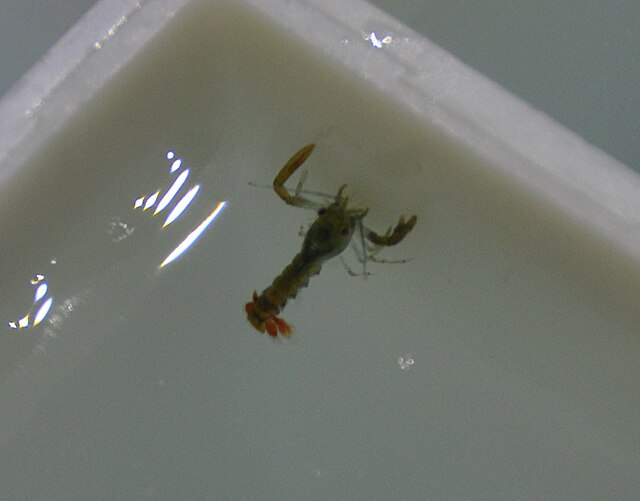An ambitious Indonesia-Vietnam vision to export tropical lobster (Panulirus homarus spp) through seed hatching has prompted smuggling controls.
Indonesia’s VP Gibran Rakabuming Rakka on September 10, 2025 directed the ministry of Maritime Affairs & Fisheries to sanction seed smuggling.
According to the Minister of Maritime Affairs & Fisheries Sakti Wahyu, smuggling via Vietnam wastes 16 trillion rupiah ($974.88 million) annually.
This has dealt a blow to the original aim of turning bilateral hatcheries into export bases for millions of tonnes of lobster.
The situation reached a head in March 2025 when Malaysia impounded some 83,000 lobster seed, probably from Indonesia.
To support its blue economy, Indonesia has regularly imposed temporary bans on seed export, the last of which in 2021.
Since that time, the newest development to combat smuggling is a 2025 presidential decree that awaits ratification.
Upon ratification, the decree will stop illegal regional trade of lobster clear seeds (BBL) under the threat of sanction.
What is lobster Seed?
The term ‘seed’ is a reference to young lobster that culture mature lobster inside ponds.
In Indonesia, the method is prevalent on Lombok island near Bali, where producers collect juveniles at sea and culture them.
These wild juveniles live on floating sea cages feeding on cheap aquatic feed till they weigh about 200 g before sale.
Some of the seed are actually those that settle on fishing nets during normal fishing activity. This harvesting method started Lombok’s culturing in the early 2000s and has since then hopped to other islands.
Some new areas tapping lobster cultivation include the Batam aquaculture facility on Riau islands, whose 2025 production hit 1.7 tonnes.
Sales of specimen for farming range from $0.20 to $1 per juvenile, while mature lobster prices in Indonesia are far above that range.
With global marine catches dwindling rapidly, Indonesia’s move to farm the shellfish has earned it a sustainability clout. This is why the country is doing everything it can to deter smuggling and reap its blue economy to the maximum. And as the statistics below indicate, lobster aquaculture is lucrative in this southeast Asia archipelago.
Indonesia Farmed Lobster Statistics
Although Indonesia has a thriving marine lobster fishery, it has since 2000 been giving priority to aquaculture via lobster seed. In 2022, mostly marine national lobster exports represented 0.5% of worldwide sales at 1,469.55 tonnes, worth $25.7 million. Farmed lobster production in turn is only 1/3rd of all lobster exports. Indeed, farmed lobster output reached a provisional 433 tonnes worth 179 billion rupiah ($10.9 million) in 2023. The governmental production value target by 2030 is $53.86 billion.
Which state pioneered seed lobster culture in ID?
Indonesia’s lobster seed farming began in 2000 in Nusa Teggarra province, specifically on Lombok island. By 2012, the island was nurturing 0.6 million seed and producing 61 tonnes of lobster, worth $2 million.
Which breeds drive most of Indonesia’s amateur seed lobster farming?
Seed lobster that fishers collect near the shore drive most amateur farming. About 90% of the species are sand lobster, according to Global Seed.
How much does farmed lobster cost in Indonesia?
Lobster from the Batam facility in Riau islands sold at $25.60 a kg as of September 2025, according to Antara News.
